Our IoT Platform Review of SAP, IBM and AWS
Executive Summary
- This is a study that compares SAP IoT, IBM IoT, and AWS IoT.
- This will compare how these offering function and result in a rating.
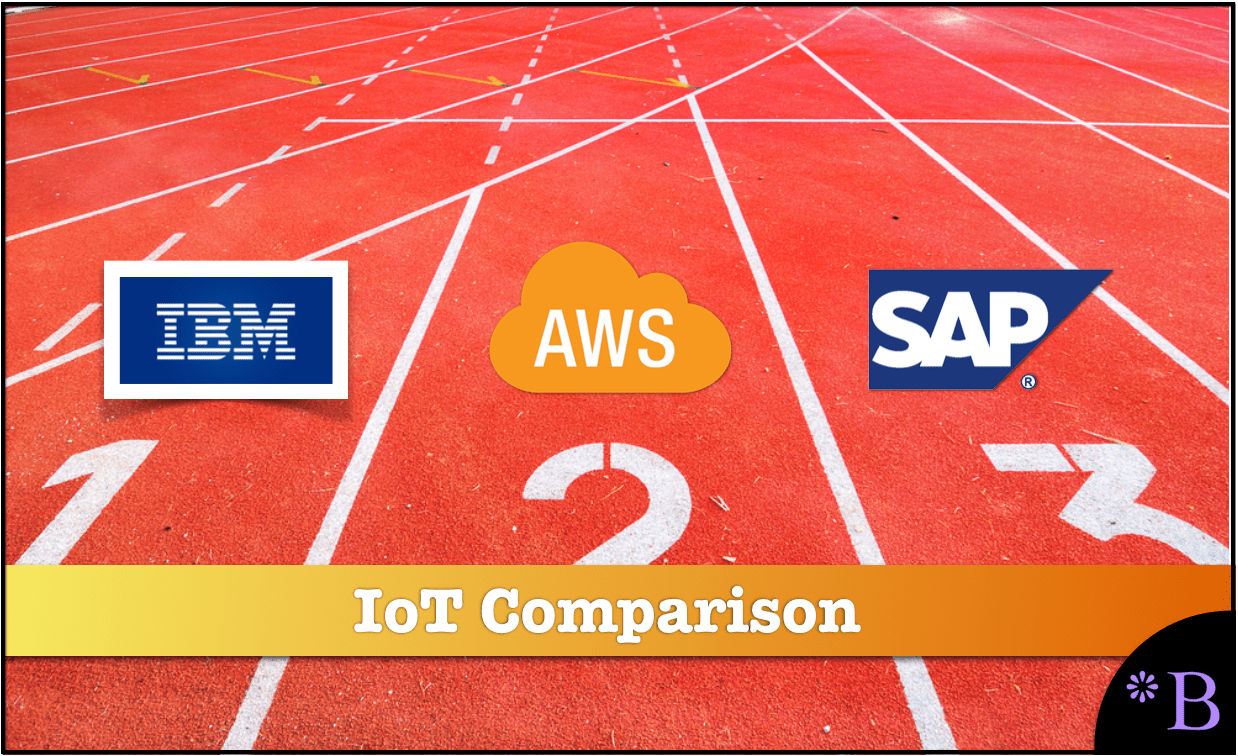
Introduction
This study was commissioned by a prospect during their vendor selection journey. The customer is a regional luxury hotel chain based in Dubai, UAE. The requirements were pretty straightforward.
See our references for this article and related articles at this link.
The Requirements
A cloud-based IoT platform to manage a hotel facility and guest devices. Device types include security cameras, motion sensors, smoke detectors, refrigerators, temperature sensors, and golf carts.
With thousands of devices, the platform must push software and firmware to devices in the field, execute bulk updates, and define jobs to update device software automatically so they are always running the latest version. Furthermore, the platform has to send device reboots and factory resets remotely to fix software issues or restore the device to its original settings.
A must-have requirement is to monitor devices for abnormal behavior and send alerts to the facilities manager if something doesn’t look right. Typical alert conditions include device out-of-bound telemetry, traffic from device to an unauthorized IP address, or spikes in outbound traffic.
SAP IoT
SAP was evaluated first and quickly disqualified. The platform didn’t meet any of the must-have requirements for functionality, performance, or security.
SAP IoT runs on HTTP 1.1. HTTP 2.0 (released 2015) encrypts HTTP connections. This is a must-have security requirement for internet applications. Moreover, HTTP 2.0 supports multiplexed requests for a single connection. Instead of buffering requests and responses, it handles them in streaming fashion. This reduces latency and significantly boosts application response time.
SAP was evaluated first and quickly disqualified. The platform didn’t meet any of the must-have requirements for functionality, performance, or security.
SAP IoT runs on HTTP 1.1. HTTP 2.0 (released 2015) encrypts HTTP connections. This is a must-have security requirement for internet applications. Moreover, HTTP 2.0 supports multiplexed requests for a single connection. Instead of buffering requests and responses, it handles them in streaming fashion. This reduces latency and significantly boosts application response time.

SCP still runs on HTTP 1.1. HTTP 1.1 may pass for internal applications running behind your corporate firewall but never for internet facing applications. This was immediately disqualified by the customer security team as it poses an eminent security threat. Moreover, with thousands of active devices in the field sending telemetry readings 24X7, the performance bottleneck will render the system unusable.
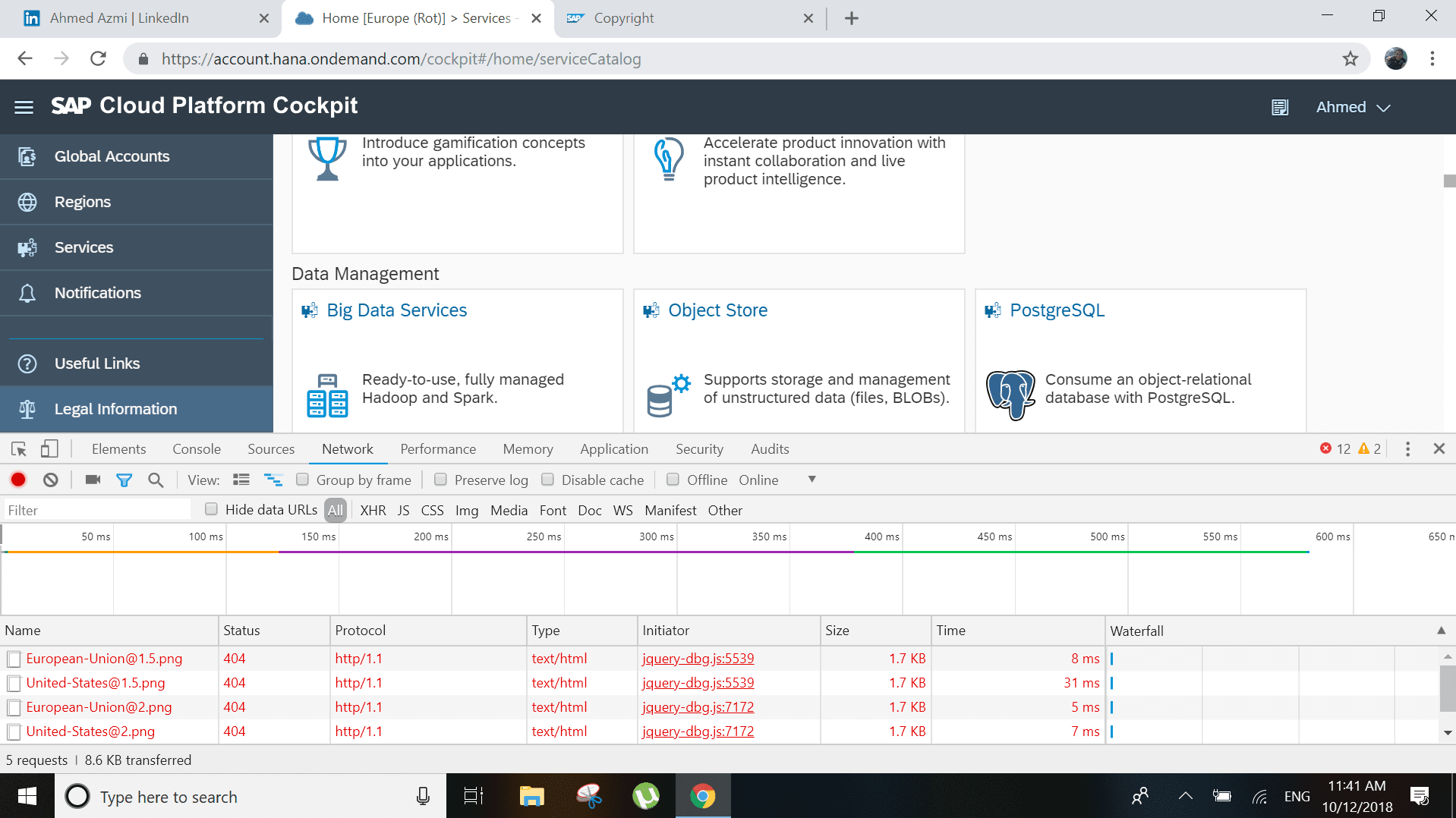
SCP has no native MQTT support. MQTT is the most common device-level communication protocol. It’s a light-weight protocol and helps devices consume less power. SAP Cloud Platform is not equipped with an MQTT broker. You have to use a third-party MQTT broker. This will severely degrade performance and add an additional level of landscape complexity.
SAP IoT device management is extremely limited. Aside from device configuration, an administrator can’t perform firmware upgrades, device reboots, or schedule bulk maintenance jobs. With thousands of field devices deployed, this will be a maintenance nightmare. Moreover, there’s no support for fault detection or built-in alerting.
IBM IoT
Next, we tested Watson IoT on IBM Bluemix. Watson IoT is a minimally viable product. It has the bare bones must-have functionality. An administrator can configure and monitor sensor status.

You can also perform firmware upgrades and reboot the sensors if required.

During the evaluation, however, we experienced constant connection timeouts. In some cases, actions take over 2 minutes and timeout before completing. We decided to move on.
AWS IoT
AWS IoT core offers a mature solution. Once you onboard your devices, IoT device management offers very fine-grained access to your fleet.
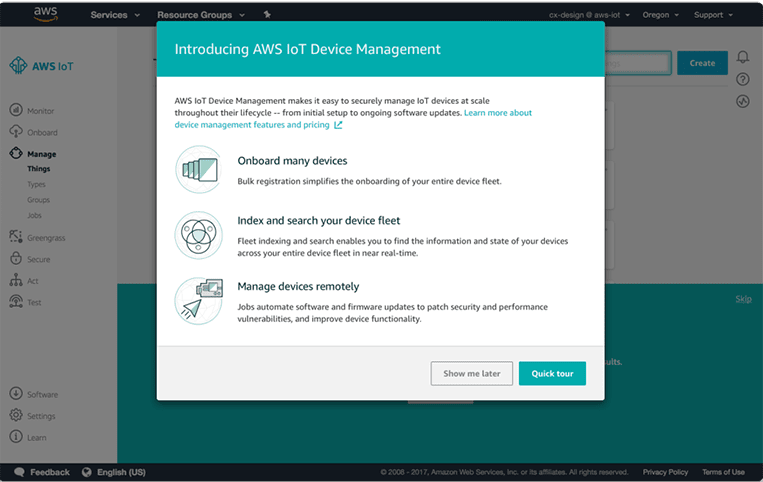
AWS Device management lets you collect device logs. In the event of a problem, you can query the log data to figure out what went wrong. You can also configure the logs to include only the metrics that are critical to device performance.
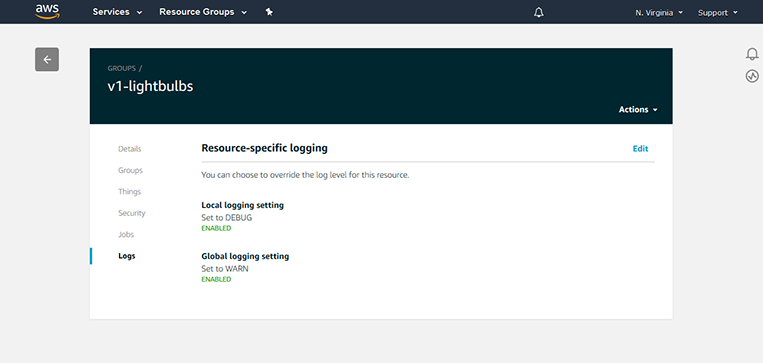
With AWS IoT, you can push software and firmware to devices in the field to patch security vulnerabilities and improve functionality. You can execute bulk updates, control deployment velocity, and define continuous jobs to update device software automatically so they are always running the latest version. You can send device reboots or factory resets remotely to fix software issues or restore the device to its original settings.
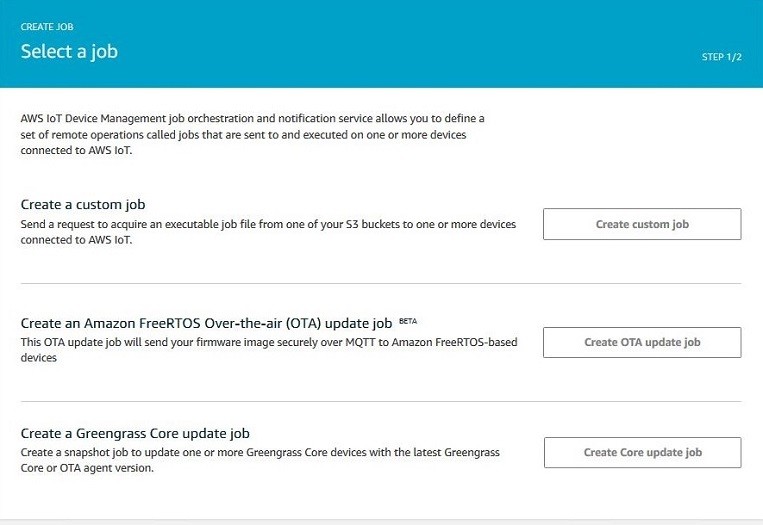
AWS IoT fully supports MQTT

But we also found 2 great advantages for AWS IoT:
- AWS IoT Device Defender: continuously audits device policies and monitors the fleet for abnormal behavior that might indicate a potential security issue. When a telemetry value goes out-of-bounds, it can send an alert. You can easily respond to events like traffic from device to an unauthorized IP Address, or spikes in outbound traffic that might indicate that the device is participating in a DDoS attack.
- AWS IoT Analytics: is a fully managed analytics service to easily analyze IoT data. It can run analytics on massive volumes of IoT data without having to worry about all the cost and complexity typically required to build your own IoT Analytics platform. It filters, transforms, and enriches IoT data before storing it in an IoT optimized data store. That way you can easily query your data using the built-in SQL query engine and visualize your outcome using Amazon QuickSight. AWS IoT Analytics also supports more sophisticated analytics by preparing your data from Machine Learning using pre-build Jupyter notebook templates of machine learning models that can be trained and run using Amazon SageMaker.
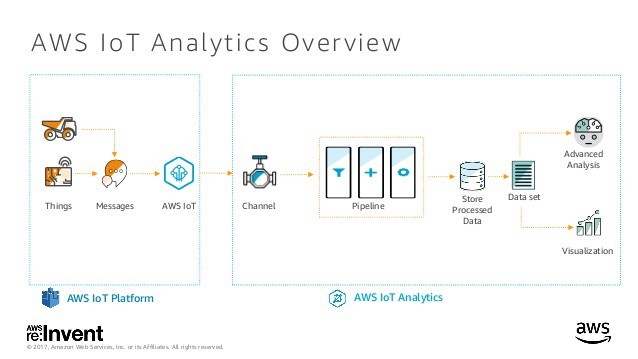
Conclusion
Our conclusion is the following.
- SAP IoT Disqualified.
- IBM Watson IoT ★ Minimum viable product supports MQTT.
- AWS IoT ★★★ Full support for IoT device management, security, and analytics.